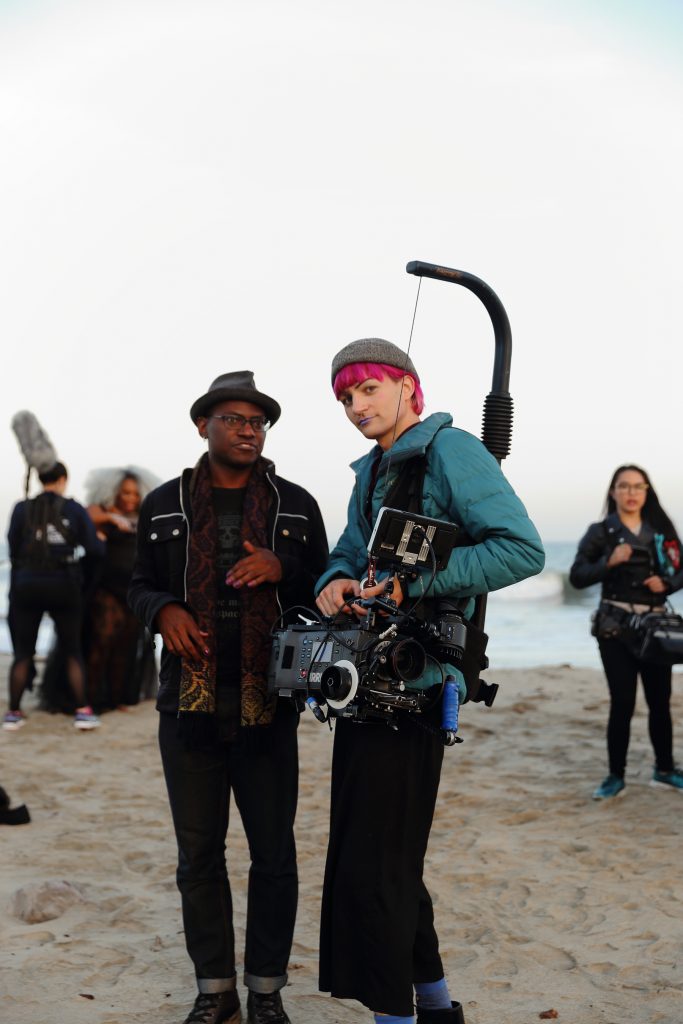It is such a pleasure to have Leslie Foster answer this round of 5Q’s! We learn about his approach to collaboration, his childhood in Southeast Asia, and he lends words of advice to young aspiring filmmakers. Plus he shares some amazing film recommendations!
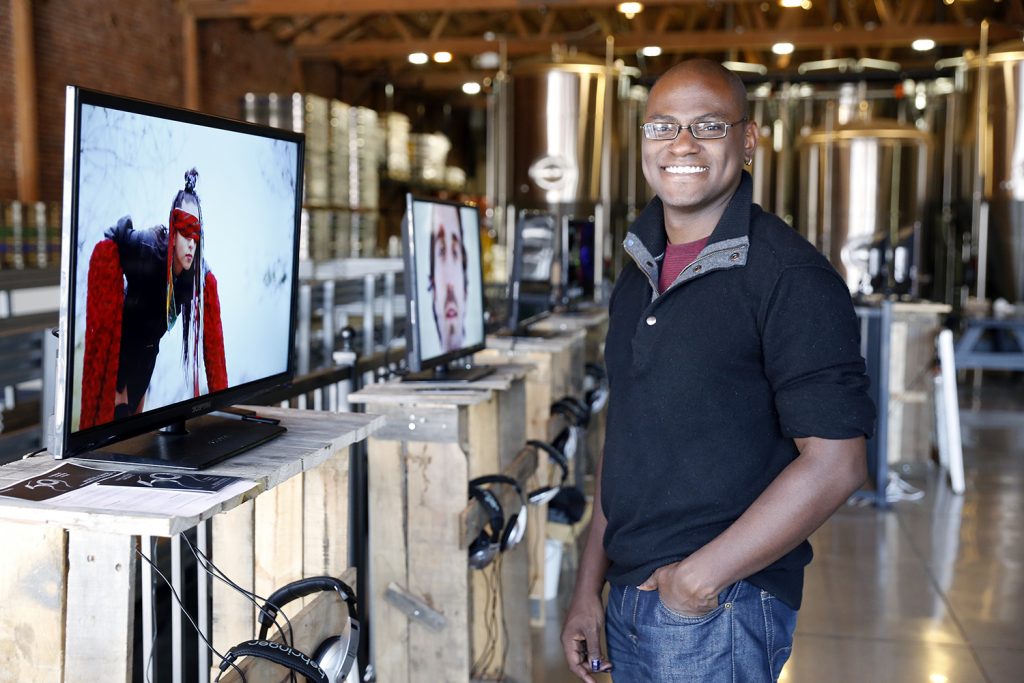
1. Your video work, “Heavenly Brown Bodies,” currently on view in the group show, Roof On Fire is a six-minute film that uses the poem “Litanies to my Heavenly Brown Body” by poet Mark Aguhar (she/her). The use of Aguhar’s poem and the narration performed by the three main characters in the film gives this project a collaborative feel. Can you tell us the importance of collaboration in your practice?
I really appreciate getting to work collaboratively. I’ve always felt uncomfortable with the idea of the artist as a singular figure–sort of like auteur theory in filmmaking–who is uniquely gifted to create. I love the way that working in the community challenges me. What happens when our ideas collide and what beautiful, generative qualities start developing in the space between? I also appreciate anything that can subversively chip away at the white heteropatriarchal ideals of the “great man.”
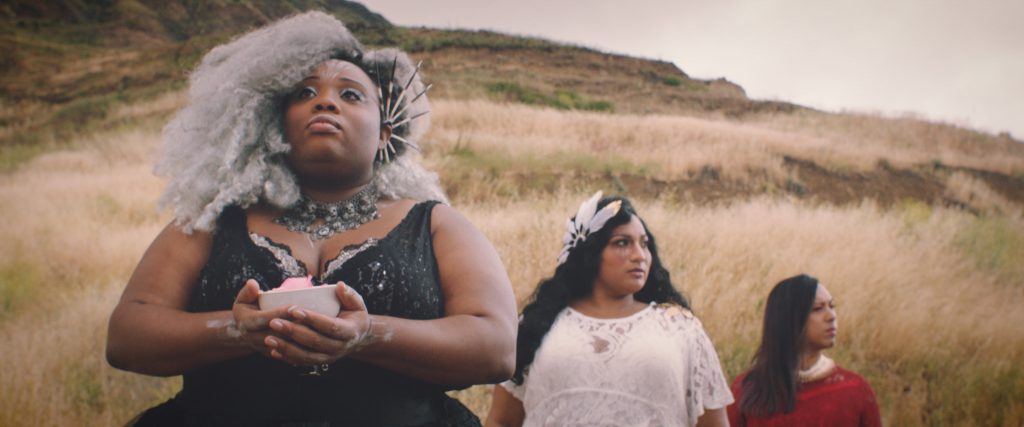
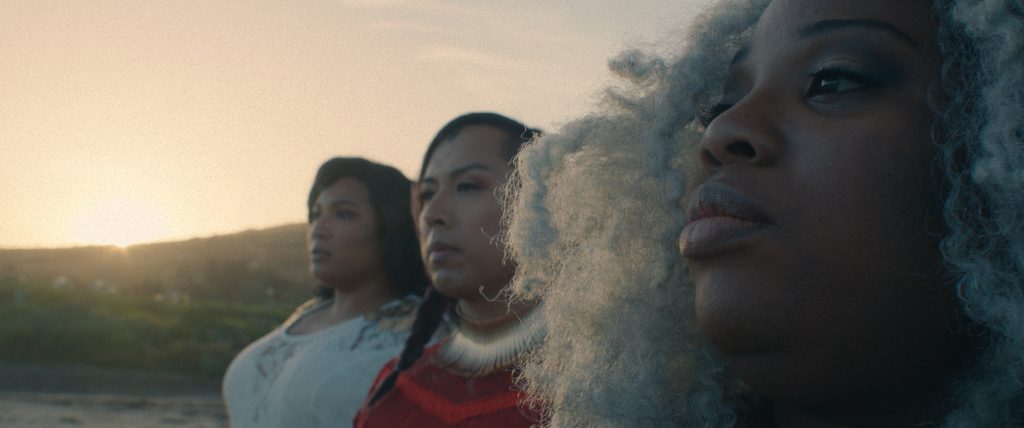
2. You mention in your bio that the act of storytelling is inspired by your childhood spent in the Philippines, Indonesia, and Thailand. How did your experience in these places impact your work as a filmmaker? Do you see any similarities/differences between the ways we tell stories here in the West vs. the East?
I think the biggest thing I gained from growing up in Southeast Asia was just an appreciation for a diversity of ways to tell stories and explore narratives. As an artist, I’m telling stories in the abstract, through spatial and ambient narratives and it often feels like that’s something I was drawn to through the process of my unconscious mind distilling the narratives I encountered. Without being too essentialist, I think the storytelling I grew up within Asia was much less interested in happy endings and was much more comfortable with ambiguity when compared to a lot of the mainstream American storytelling we experience.
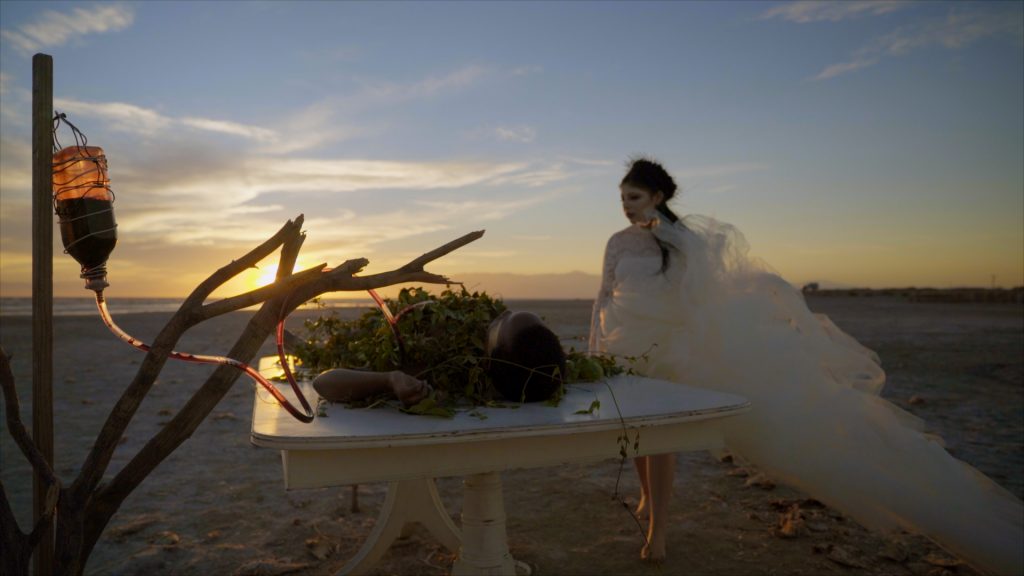
3. Can you share or link us to one of your favorite childhood stories? Why is this your favorite?
A Wrinkle in Time is an all-time favorite of mine! It doesn’t speak down to kids, it’s dark, melancholy, and hopeful, full of impossible places and incredible beings. It feels like a dreamscape rolled out onto paper. I still read it regularly and am deeply moved by it.
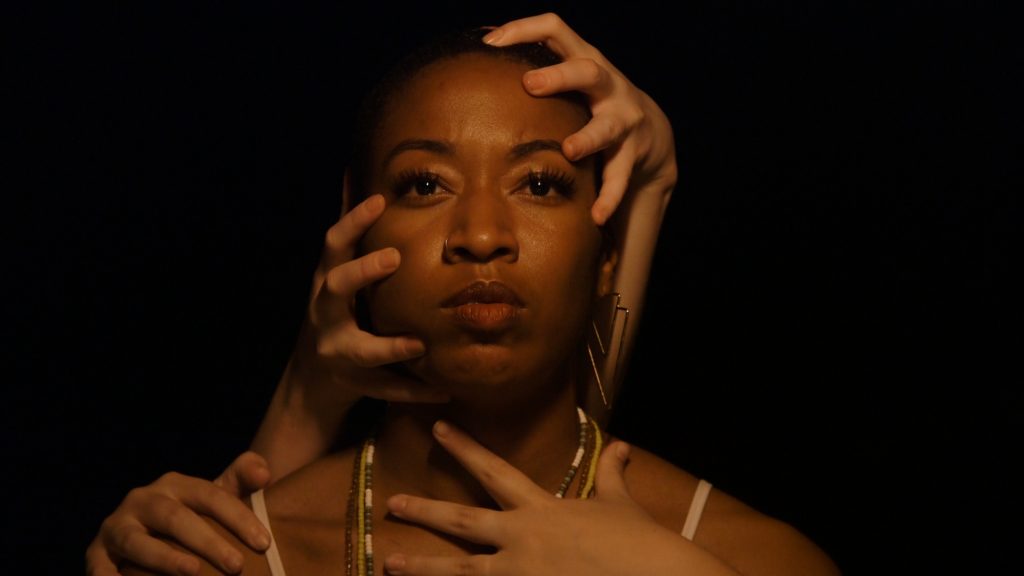
4. How has the current global pandemic impacted your filmmaking? What narratives have you been drawn to during these times?
The pandemic has affected my art practice quite a bit. For most of 2020, I just stopped making things. Looking back, I think I just needed to take a break for a while and my subconscious mind knew that better than my conscious mind. I started grad school in the Fall and that’s definitely served as a motivator to start creating work again. I’ve been focusing on a bit more object-making as a way to display my new experimental film work, which has been exploring Black people’s bodies as a site of history, generational pain, and possibility. The body as a storytelling landscape is really intriguing to me.
5. We have the privilege of working with a lot of young emerging artists in the community. What advice would you give a young person wanting to explore the medium of film?
My advice is to find a good community of fellow artists (hopefully who work in a variety of mediums and then just play. Create a lot of short films. There’s a big compulsion to jump right into doing big, feature-length projects for folks in film school. It’s a little different for artists, but I think the cultural dominance of that kind of thought looms large. For both the film industry and art folks who happen to work with film, my advice is to ignore that pressure. You’ll learn important lessons on every film you make and the beauty of shorts is that for the same money it would take to make your first low-budget feature and learn some difficult but important lessons, you can create at least a few shorts and get to experiment and learn even more.
Bonus Q! Can you list your top five must-see films?
This is an ever-changing list! But I would go with: Daughters of the Dust by Julie Dash, The Fountain by Darren Aronofsky, Rebirth is Necessary by Jenn Nkiru, the entire first season of Random Acts of Flyness produced by Terence Nance, and the Dekalog by Krysztof Kieslowski. (I have to give a (very) honorable mention to Moonlight by Barry Jenkins!)
___________________________________________________________________________________________________
Through his work with experimental film and installation, Los Angeles-based artist Leslie Foster (he/him) seeks to create fleeting pocket universes and contemplative ecologies that explore Black and queer futurity through the lens of dream logic. Leslie’s aesthetic sensibility comes from a childhood spent growing up in Southeast Asia, straddling multiple Asian cultures and his own American roots. His work, which has been exhibited internationally and includes two solo shows, is designed to quietly subvert existing power dynamics while inviting viewers into challenging dialogs through the beautifully strange.
Website: www.lesliefoster.art
Instagram: @leslie_muse
Patreon: lesliefoster

